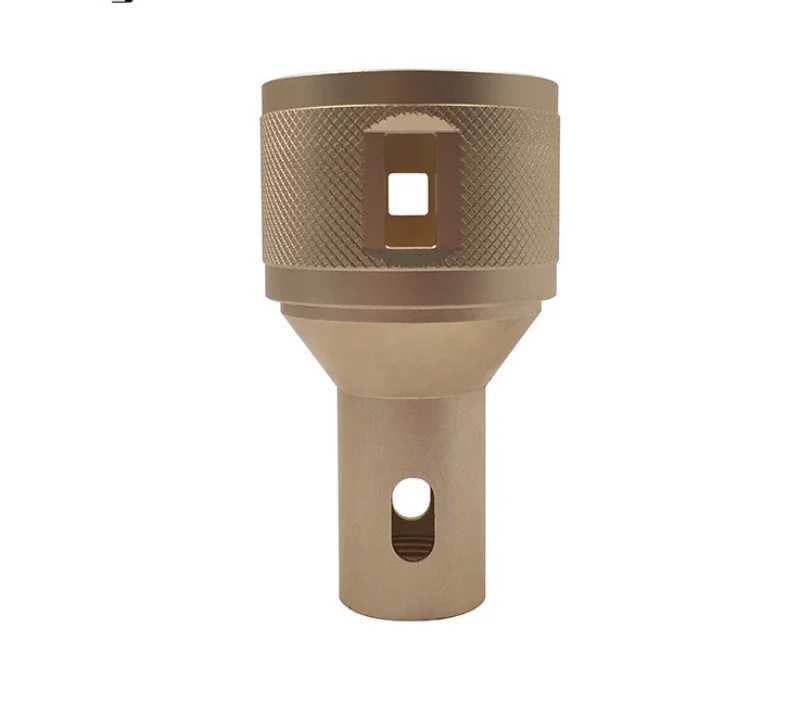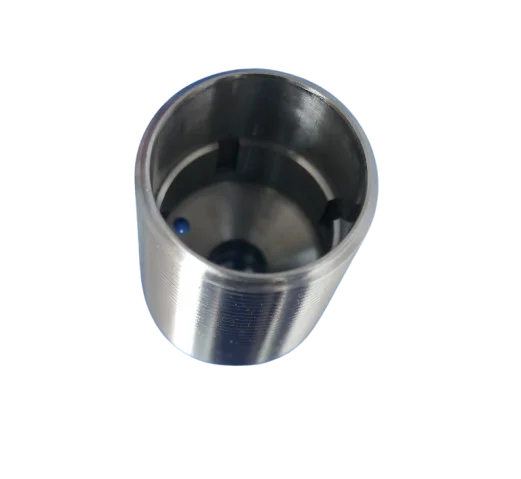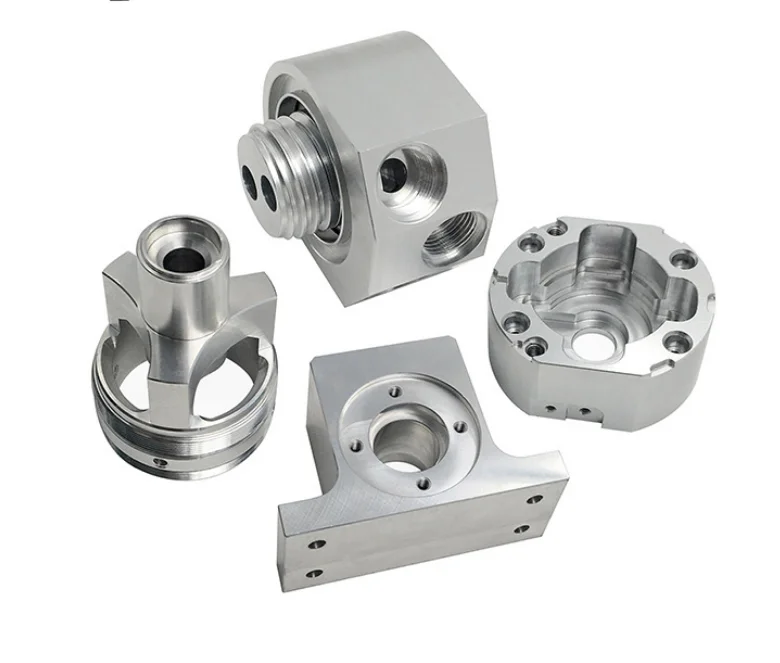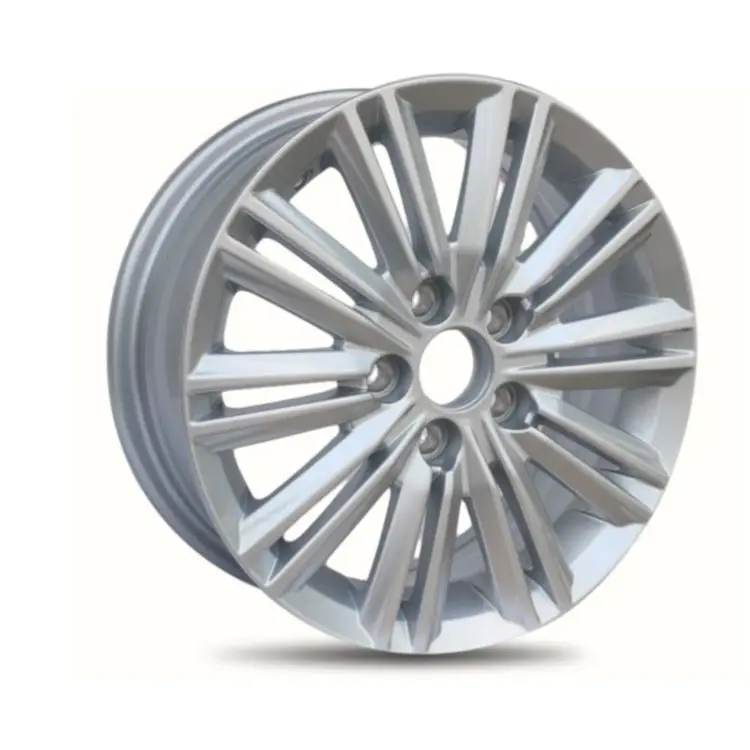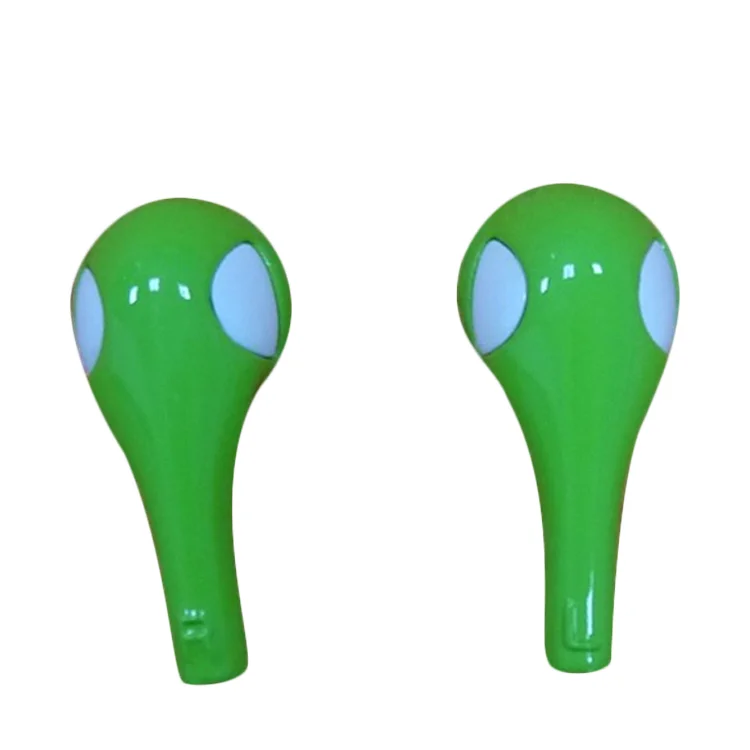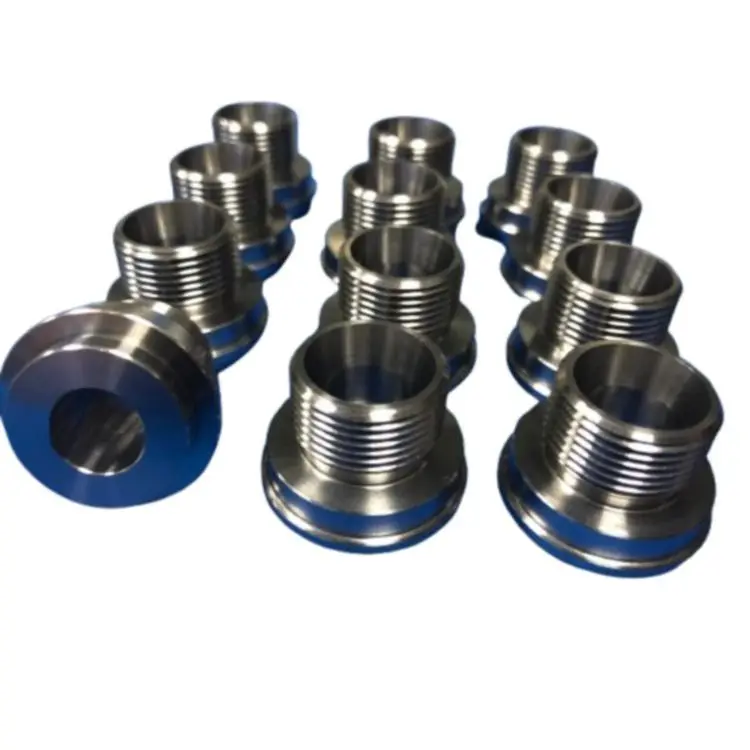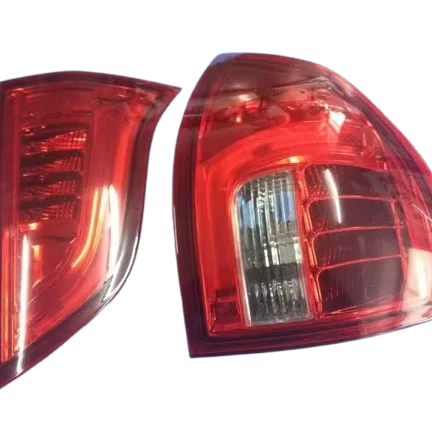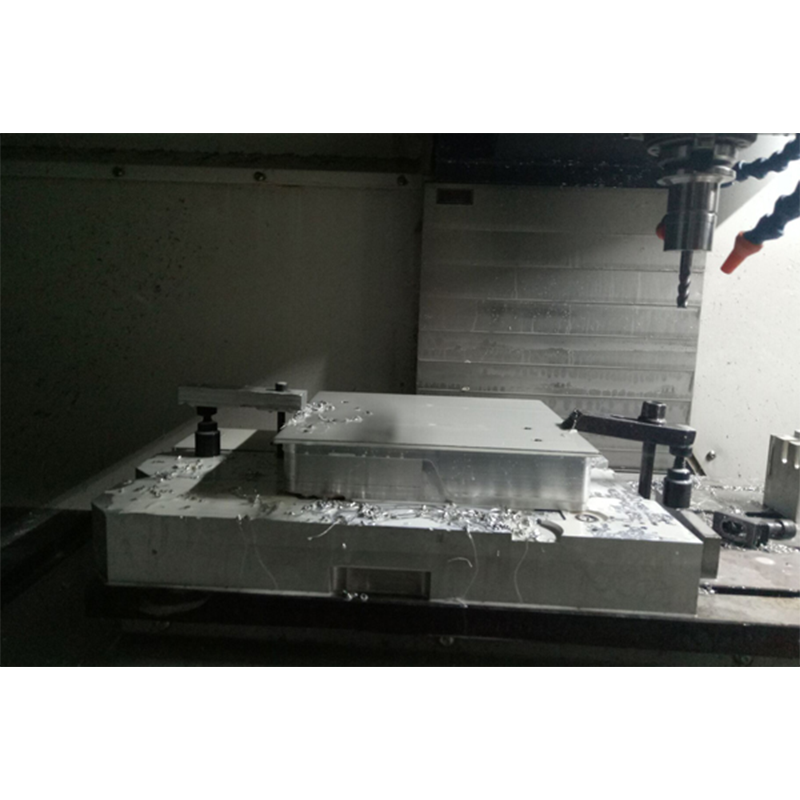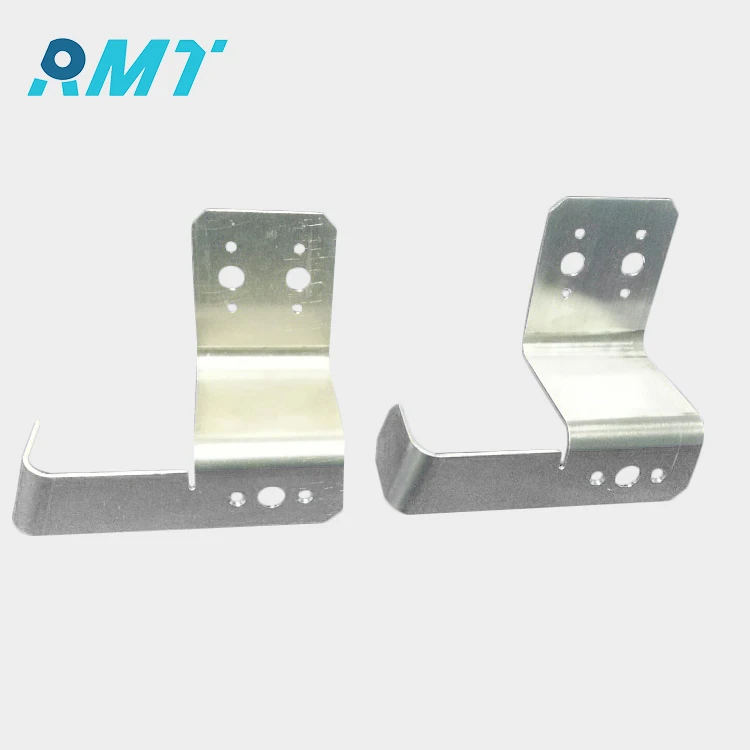The Role Of Rapid Prototyping In Innovation And Design Validation
Rapid prototyping encompasses a large number of design methods that allow designers and engineers to turn their designs into tangible models more easily. Rapid prototyping employs the use of three-dimensional printing, computer-numerical-control (CNC) machining, and laser cutting among others, which allow easy and rapid redesign of products. At RMT, we know exactly how that impacts positively the process of innovation and design verification in different sectors.
Reducing The Design Time
One of the most favorable aspects of rapid prototyping is that it shortens the amount of time necessary for the design stage. Then again, traditional methods of prototyping may take long and are very expensive, thus causing slowness. Instead, with rapid prototyping, teams can work on many prototypes in a very short time, and this ensures that feedback is provided quickly, and decisions are made quickly. That speed is very crucial considering the market today.
Improving Collaboration Communication
A better level of teamwork is also promoted through ram prototyping. Designers, engineers, and stakeholders are able to communicate more effectively by means of creating physical designs. This facilitates avoiding the common pitfalls of misunderstandings with regard to a common objective and the degree of success to be attained by the design. With the help of such ideal teams, it is possible to conduct cross-functional while designing the solutions and gathering feedback.
Validating Designs Early
Design validation at the onset is very significant during the lifecycle of product development, and rapid prototyping allows for it. By making different prototypes for any processes, they are going to be able to test the functionality and aesthetics of a product before the development stage. Such testing also reduces the likelihood of making expensive corrections at a later stage of the development process.
Cost-Effectiveness in Development
Prototyping in a short period of time can be potential for business factors. Even though the primary cost of purchasing technology seems to be quite high, the cost savings from the reduction of excessive material resources used, a smaller span taken to do the work, and the number of corrections are lower than these expenses.
In conclusion, rapid prototyping is an essential part of the design of products and innovation. It supports the timely development of products by speeding up the design phase, making teamwork better and quicker, and making it possible to check ideas early. Here at RMT, we understand the need for good rapid prototyping capabilities and their application in the process of producing goods that are in demand in the marketplace.
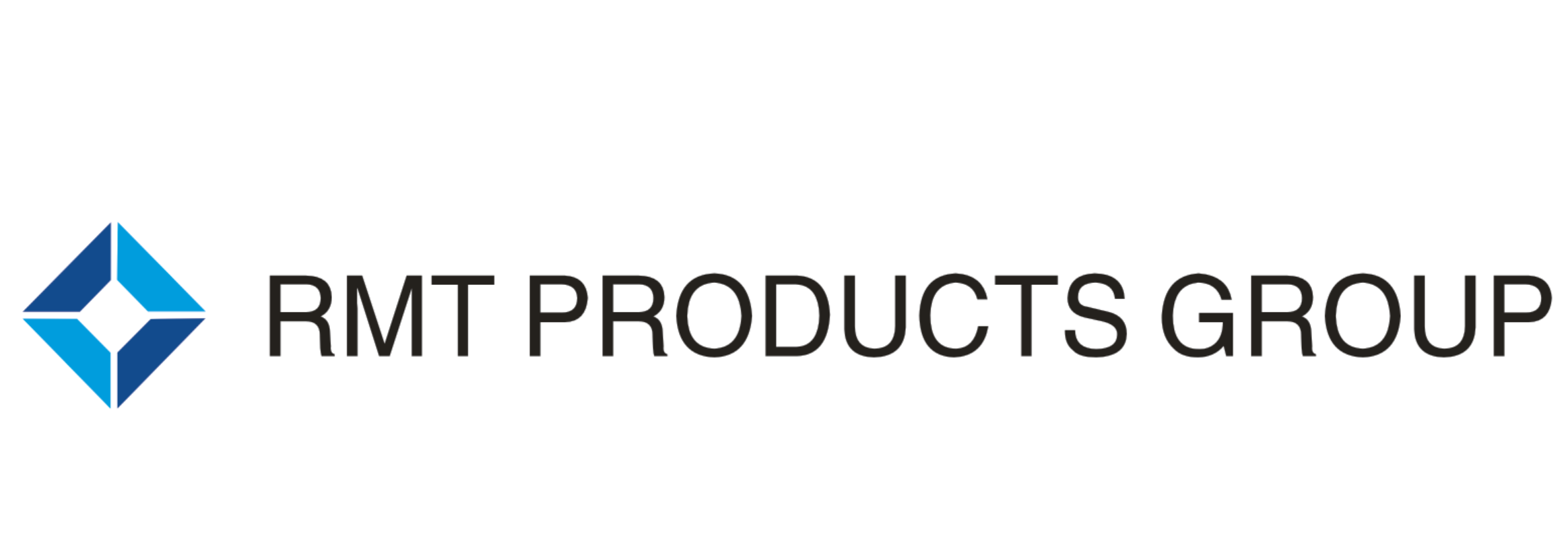
 EN
EN
 AR
AR
 BG
BG
 HR
HR
 CS
CS
 DA
DA
 NL
NL
 FI
FI
 FR
FR
 DE
DE
 EL
EL
 IT
IT
 JA
JA
 KO
KO
 NO
NO
 PL
PL
 PT
PT
 RO
RO
 RU
RU
 ES
ES
 SV
SV
 IW
IW
 LV
LV
 SR
SR
 SK
SK
 UK
UK
 GL
GL
 HU
HU
 TH
TH
 TR
TR
 FA
FA
 GA
GA
 CY
CY
 EU
EU
 BN
BN
 BS
BS
 LA
LA
 NE
NE
 SO
SO
 KK
KK
